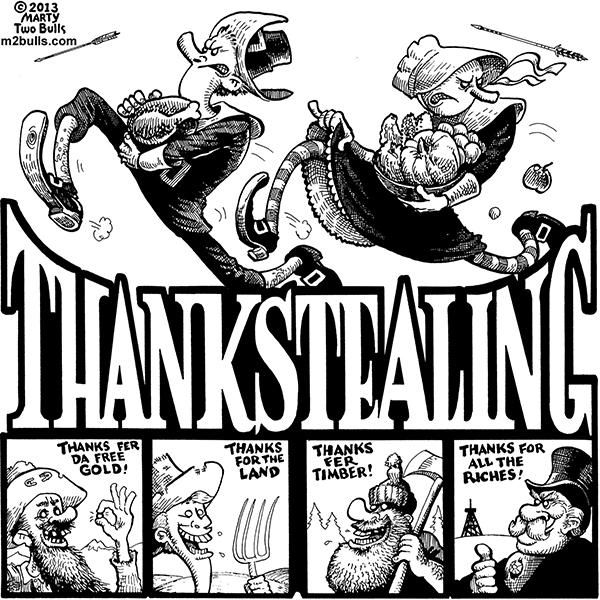Help Amplify, This Is Very Important, Thunderclap!
Take Action! * Banks Target Map.
There’s more at the Sacred Stone Camp Blog. http://sacredstonecamp.org/blog/december-action.
Reuters has the latest on the Thug’s action plan. Oh yes, they are just so darned concerned about people in the cold, that’s why they are trying to cut off supplies and threatening people bringing supplies with a $1,000 fine. So compassionate!
Have you been pulled over by police or given a fine for bringing goods/deliveries to Standing Rock? Email us: northdakota@aclu.org #NoDAPL
— ACLU of North Dakota (@ACLUNorthDakota) November 29, 2016
If you are going to make wood or food deliveries to #NoDAPL camps drive up from the south through Standing Rock Rez so you won't be fined.
— Ruth Hopkins (@RuthHHopkins) November 30, 2016
How you can help right now: #NoDAPL camps at Standing Rock need more wood.
— Ruth Hopkins (@RuthHHopkins) November 30, 2016
Standing Rock Protester Shot in Face With Tear Gas Canister May Go Blind.






















